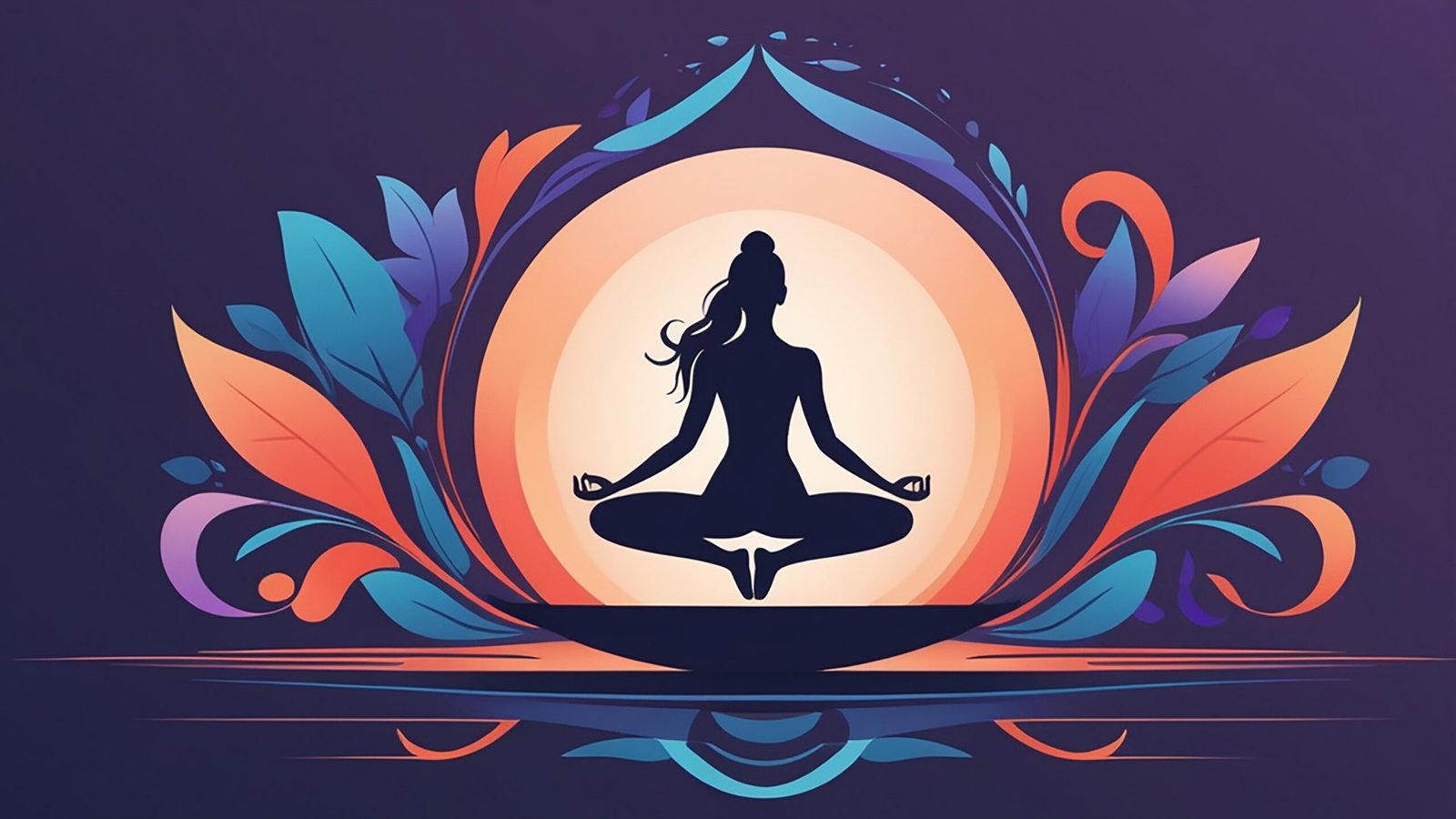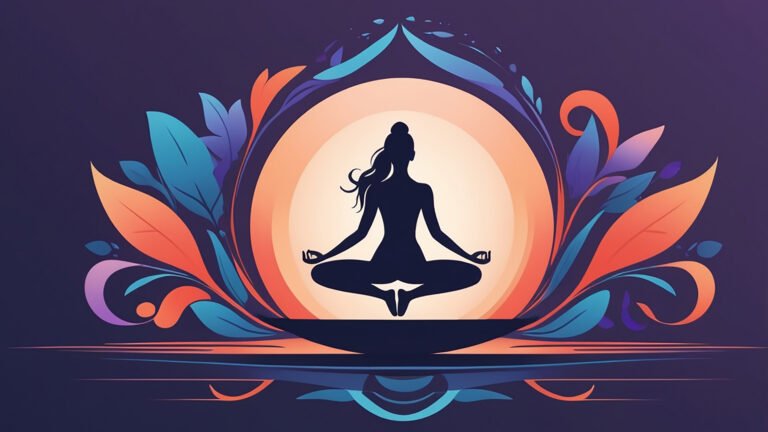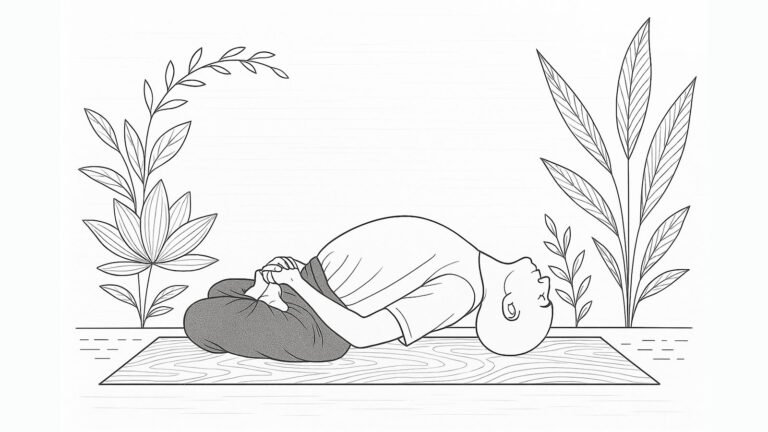— Introduction :
Urdhva Padmasana means “Upward Lotus Pose.” When performed in Sarvangasana (सवाँगासन), it creates a stunning vertical alignment of energy, locking the legs in Padmasana while the body is inverted. This combination is not just a display of physical control but a profound yogic seal that stabilizes the energy (Prana) and prepares the mind for meditative stillness in an exalted state.
Practiced traditionally as part of advanced Hatha Yoga and Kundalini practices, this pose channels energy directly through the Sushumna Nadi, unifying Prana and Apana. The body becomes a firm pillar of stillness, and the Lotus seat held aloft reflects purity, balance, and transcendence.
The posture strongly activates the Vishuddhi Chakra and supports the awakening of Sahasrara. It also stabilizes the Jalandhara Bandha naturally through chin lock, aiding in the conservation of Amrit (divine nectar).
— Step-by-step Instructions :
- Begin in सवाँगासन (Sarvangasana), with legs lifted straight and body supported on the shoulders
- Slowly fold the legs into Padmasana (Lotus Pose)—placing the right foot on the left thigh and the left foot on the right thigh
- Ensure the knees point downward, and the back remains straight
- Use the hands to support the lower back or extend the arms along the floor if balance is steady
- Keep the chin tucked to the chest (Jalandhara Bandha) and eyes closed
- Hold the posture with slow, rhythmic breathing for 15–60 seconds
- To release, gently unfold the legs, return to सवाँगासन, and then lower the body to the mat
— Physical And Mental Benefits :
- Deeply stimulates the Vishuddhi Chakra and purifies pranic flow
- Encourages balance of endocrine system, especially thyroid and parathyroid glands
- Strengthens the spine, shoulders, and abdominal muscles
- Deepens internal focus and Pratyahara (withdrawal of senses)
- Enhances Ojas and stabilizes Kundalini energy
- Helps develop patience, balance, and sustained concentration
- Highly beneficial for experienced meditators and spiritual aspirants
— Precautions to Keep in Mind :
- Avoid if you are unable to perform Padmasana comfortably
- Not suitable for those with neck, hip, or knee injuries
- Avoid during pregnancy, menstruation, or high blood pressure
- Do not force the legs into lotus—ensure flexibility before attempting
- Always practice after warm-up and ideally under guidance
— Beginner’s Tips :
- First master both Padmasana and सवाँगासन individually
- Use wall support or props to help maintain balance
- Perform a few rounds of Halasana and Viparita Karani before attempting
- Focus on slow and calm breathing to maintain steadiness
- If full lotus is not possible, start with Ardha Padmasana (half lotus)
— Best Time to Practice :
- Early morning, on an empty stomach, is ideal
- Can also be done in the evening, provided there is a gap of 3–4 hours after meals
- Not to be done immediately after asanas; keep at least 10 minutes gap
— Advanced Variations :
- Urdhva Padmasana in Shirshasana – Inverted Lotus in Headstand
- Urdhva Padmasana with Arm Release – Arms stretched overhead on the ground while holding the lotus
- Gol Padmasan or Pindasan in Lotus – A tight posture where the body curls inward with the legs in Padmasana
- Vilom Padmasan – Inverted Lotus from Supta Padmasan Position
— Wrapping Up :
Urdhva Padmasana in Sarvangasana is a divine confluence of strength, stillness, and surrender. It brings together the grounding energy of the Earth (through Padmasana) and the enlightening pull of the sky (through inversion). As the Lotus blooms upside down, the practitioner enters a space where dualities dissolve—where the body is still, the breath is silent, and only the Self remains. This is not just an Asana—it is a yogic offering.


